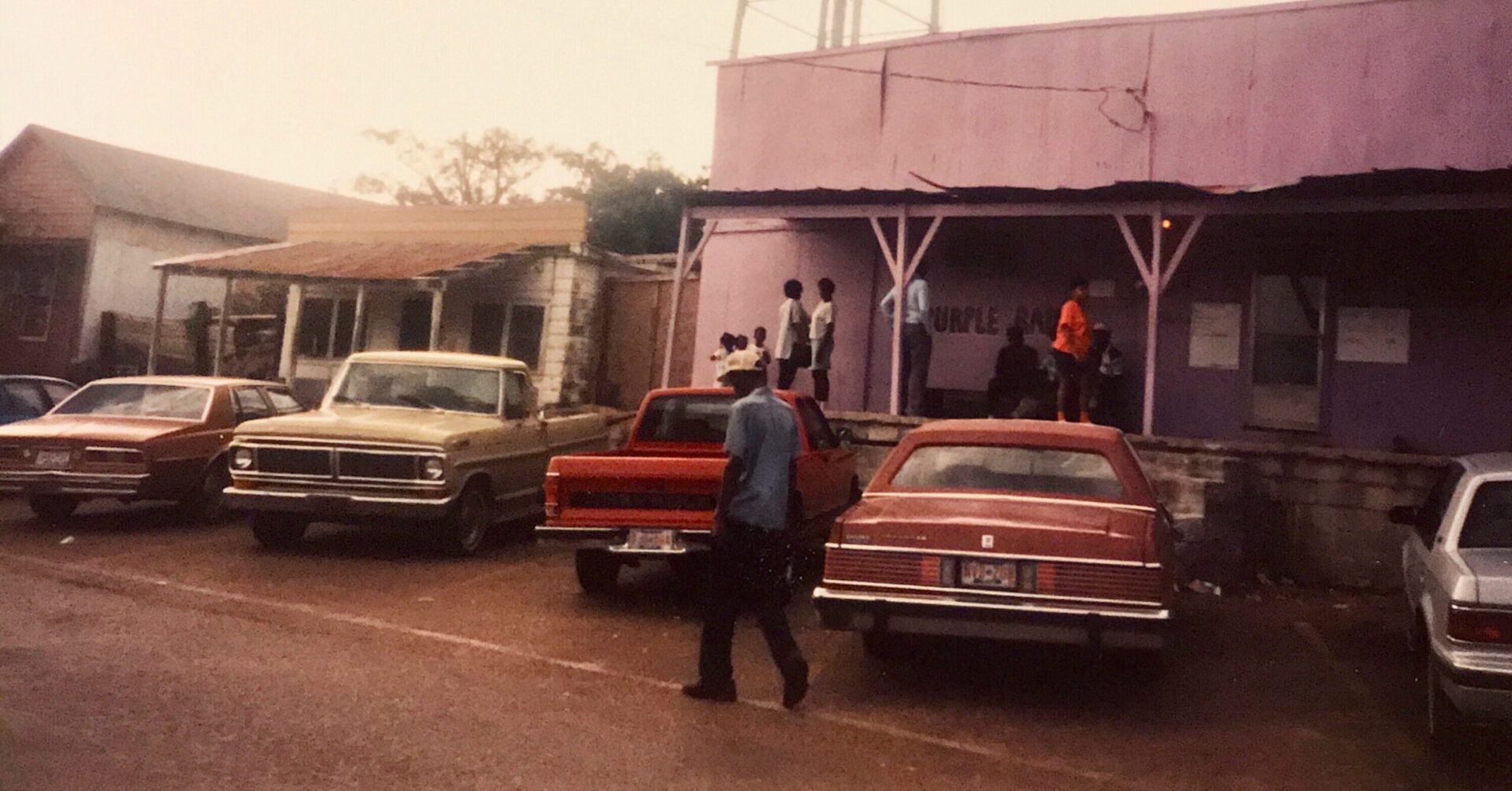The Dumaine Street Gang second-line ended where it began in the Treme neighborhood, but the crowds seemed reluctant to disperse. One crowd hung around the corner outside the Café Treme where the parade had ended, while a much larger crowd remained under the bridge on Claiborne, which turned into a car and bike show until the police came and dispersed the crowd on horseback, New Orleans, 12/02/12
Lady Jetsetters: From Silky’s to Pop’s House of Blues @StoogesBB
After we left Silky’s, we had a brief unscheduled stop about a block away in front of a boarded-up building, the purpose of which I …



